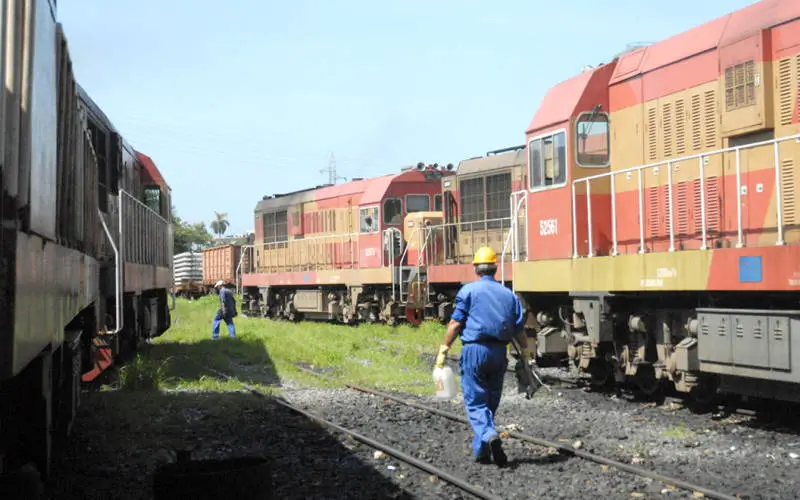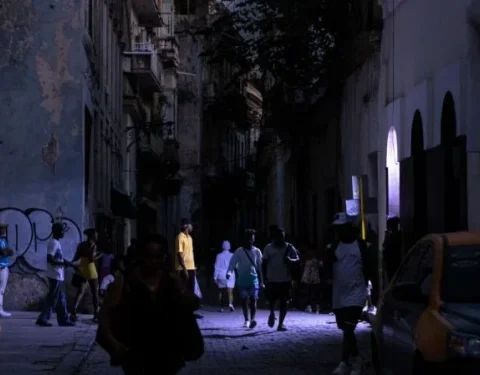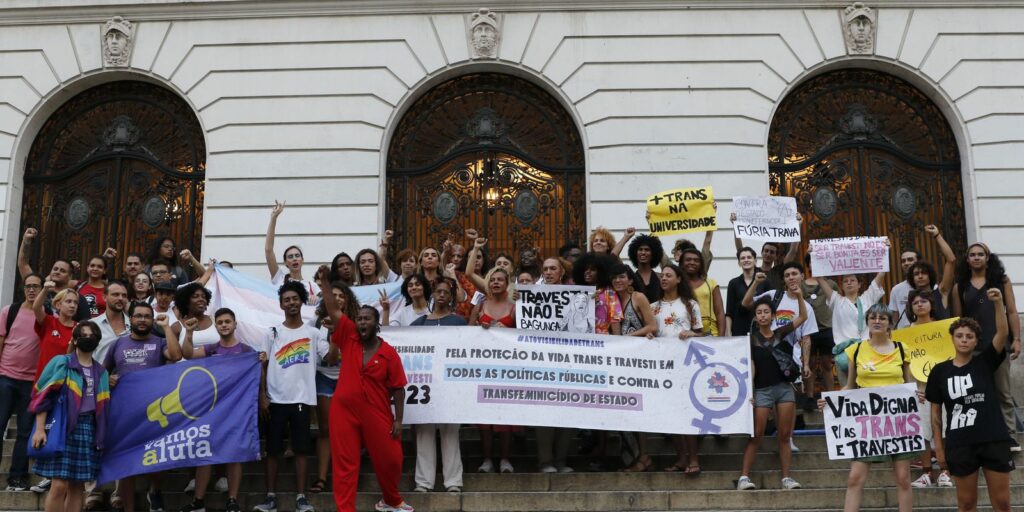MIAMI, United States. — Every January 29, the Day of the Railway Worker is commemorated in Cuba, a date established in 1961 by the Fidel Castro regime to highlight those who work in the branch.
Let us remember that Cuba was the first country in Latin America and the seventh in the world to use the railway as a transport system for passengers and merchandise, when it inaugurated the section between Havana and Bejucal on November 19, 1837. In addition, the sector continued to rise during the second half of the 19th century and the first half of the 20th.
Projected as a country where rail transport would fulfill a vital function —and it did for a long time— due to the geographical layout of the Island, everything began to change from 1959. What has Castroism done for the railroad since then? The truth is that not much. Although under the mandate of Fidel Castro the national railway system was completed, the setbacks have been many more than the advances.
Precisely on January 29, 1975, in an act held in Placetas, Villa Clara province, the Castro boss inaugurated the first section of the Havana-Santiago de Cuba fast railway. At present, the transport crisis has made taking a train between the two main cities of the country practically an impossible mission.
The Cuban railway system lacks adequate technical infrastructure, despite the constant financing from countries such as Russia either Francewho have served as a lifeline for the Cuban regime in this matter.
In the specific case of railway workers, the particularities of their work are far from being in the public domain and the bad management of the railway regime has dragged the bad reputation of the sector towards operators, technicians and mechanics.
Receive information from CubaNet on your cell phone through WhatsApp. Send us a message with the word “CUBA” on the phone +525545038831, You can also subscribe to our electronic newsletter by giving click here.
The post Railway Worker’s Day: What about the trains in Cuba? appeared first on CubaNet.














